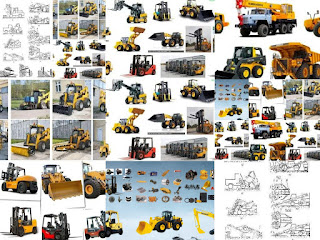what is the difference between a front loader and a loader?
The difference between a loader and a front loader is that:- loaders, in general, mean numerous mechanisms with which you can carry out loading, unloading, transport operations,
- a front loader, in particular, is one of the types of loaders, which differs in that the axis of operation of its load mechanism is located on the longitudinal axis of the loader
The need for a variety of forklifts is caused by the creation of the most efficient and stable structures of loading mechanisms, taking into account all the features of loading tasks:
- different loading conditions: narrow or wide areas,
- various cargoes: bulk, lumpy, piece,
- different lifting heights,
The design features of the types of loaders are reflected in their names. In particular, for the stability of the loader, to ensure its maneuverability, compactness, carrying capacity, the load gripping mechanism can be positioned in different ways relative to the longitudinal axis of the loader: along, across, perpendicularly, with the possibility of changing the position, in accordance with this, the loaders are called:
- frontal - longitudinal placement, considered the most stable, but requires more room for maneuvers,
- gantry - perpendicular placement, considered the best solution for narrow spaces and high heights,
- rotary - with a change in position, are considered maneuverable and take up little space,
- lateral - with transverse placement, these types of loaders are made for special limited conditions.
Thus, a front loader differs from a loader in that it is a type of loaders according to the constructive classification of the location of the load mechanism relative to the longitudinal axis of the loader base.

